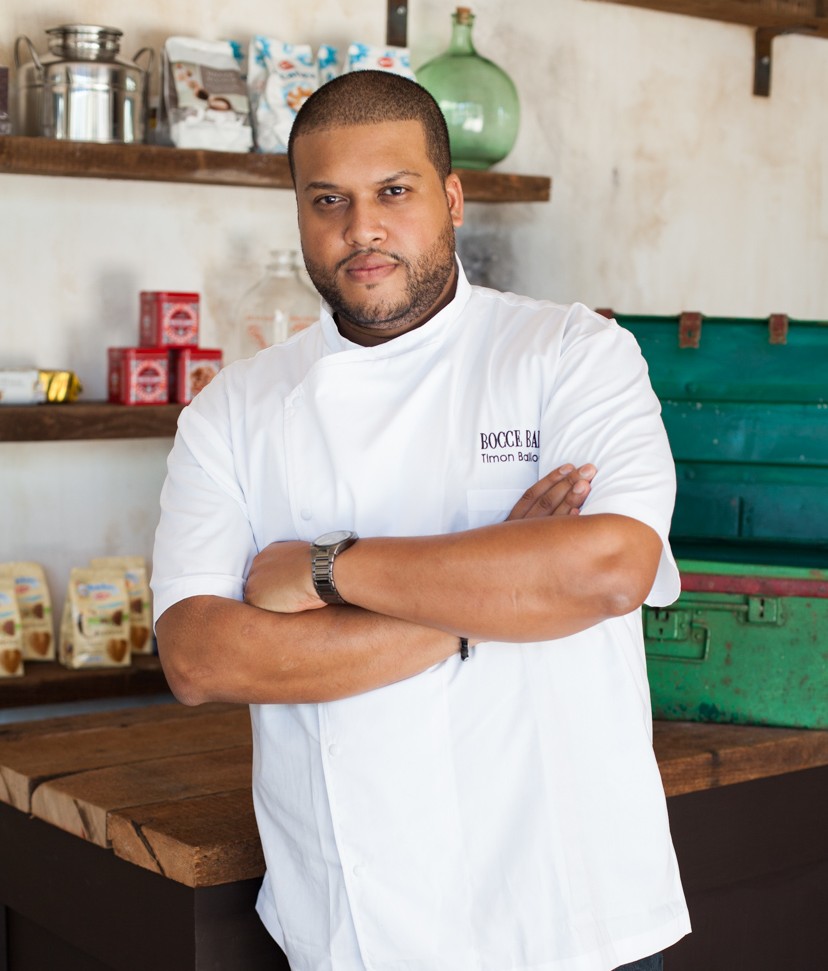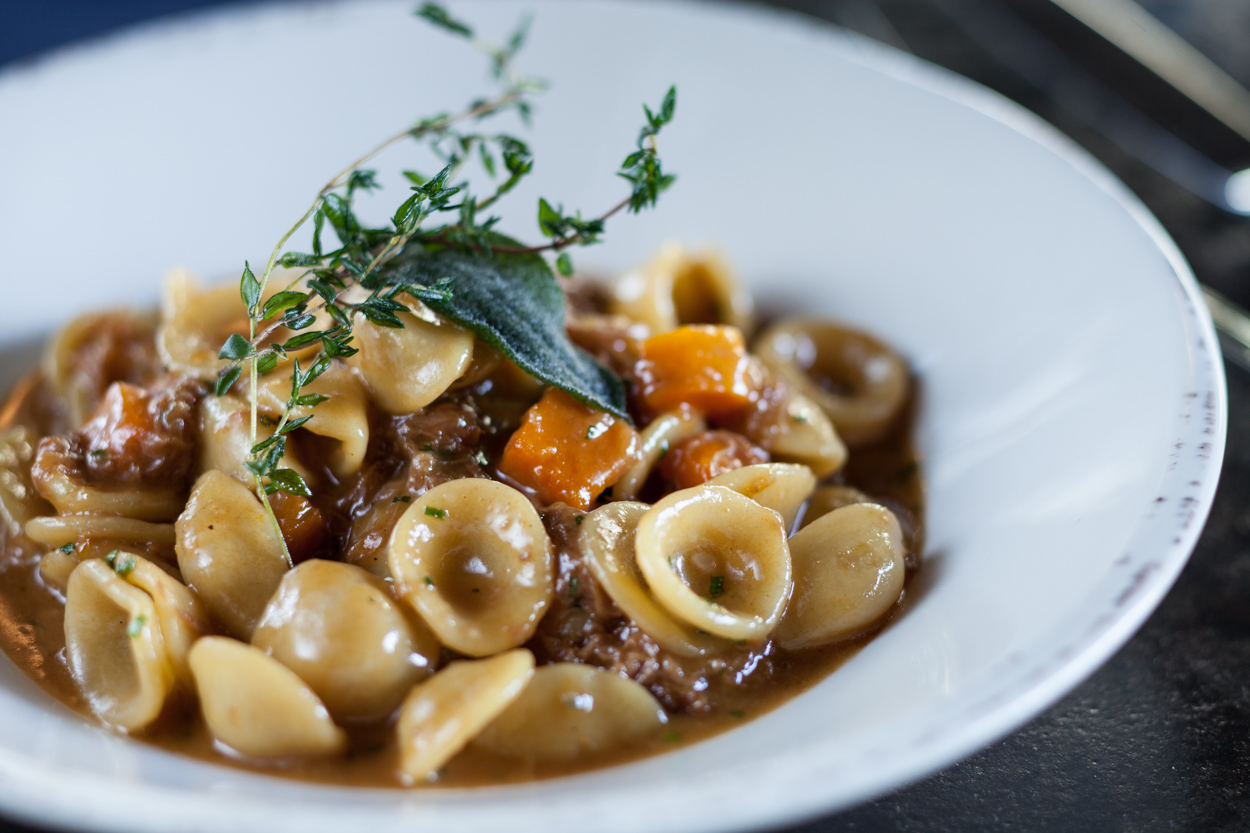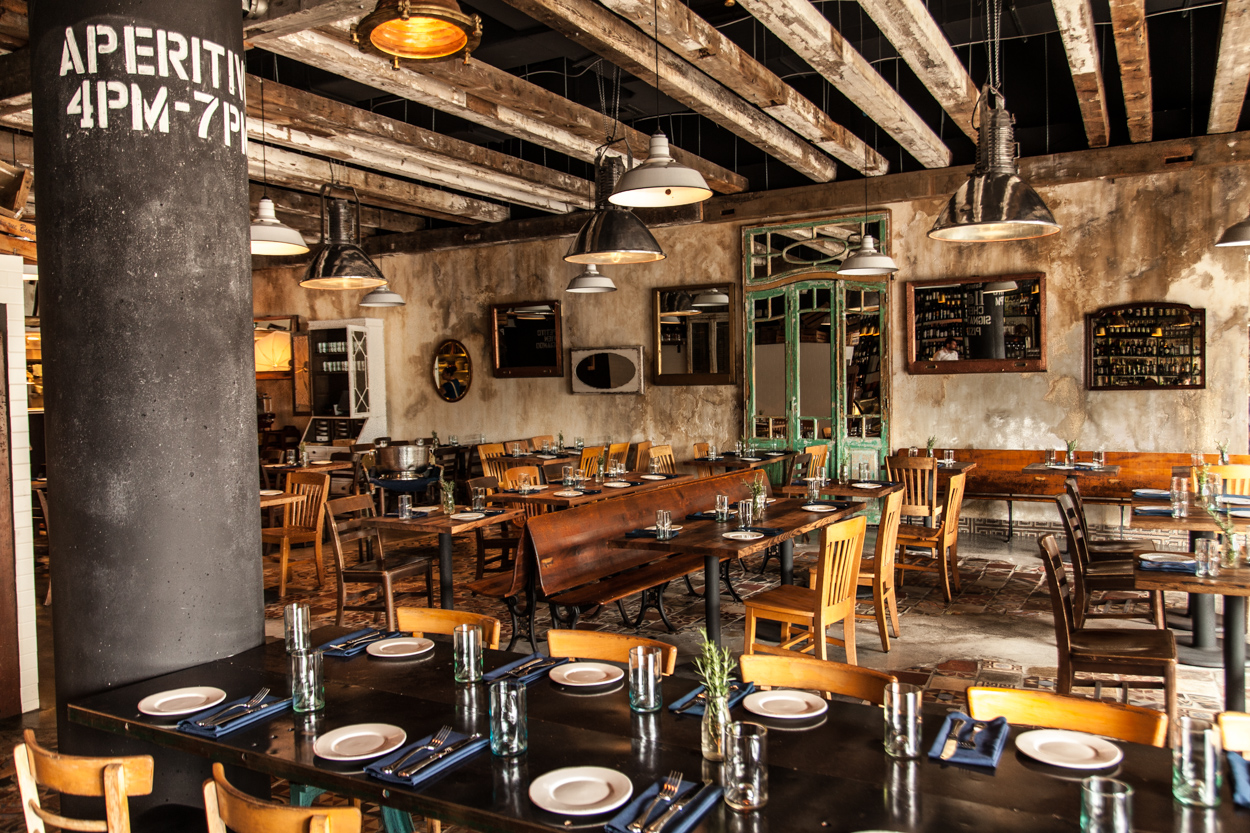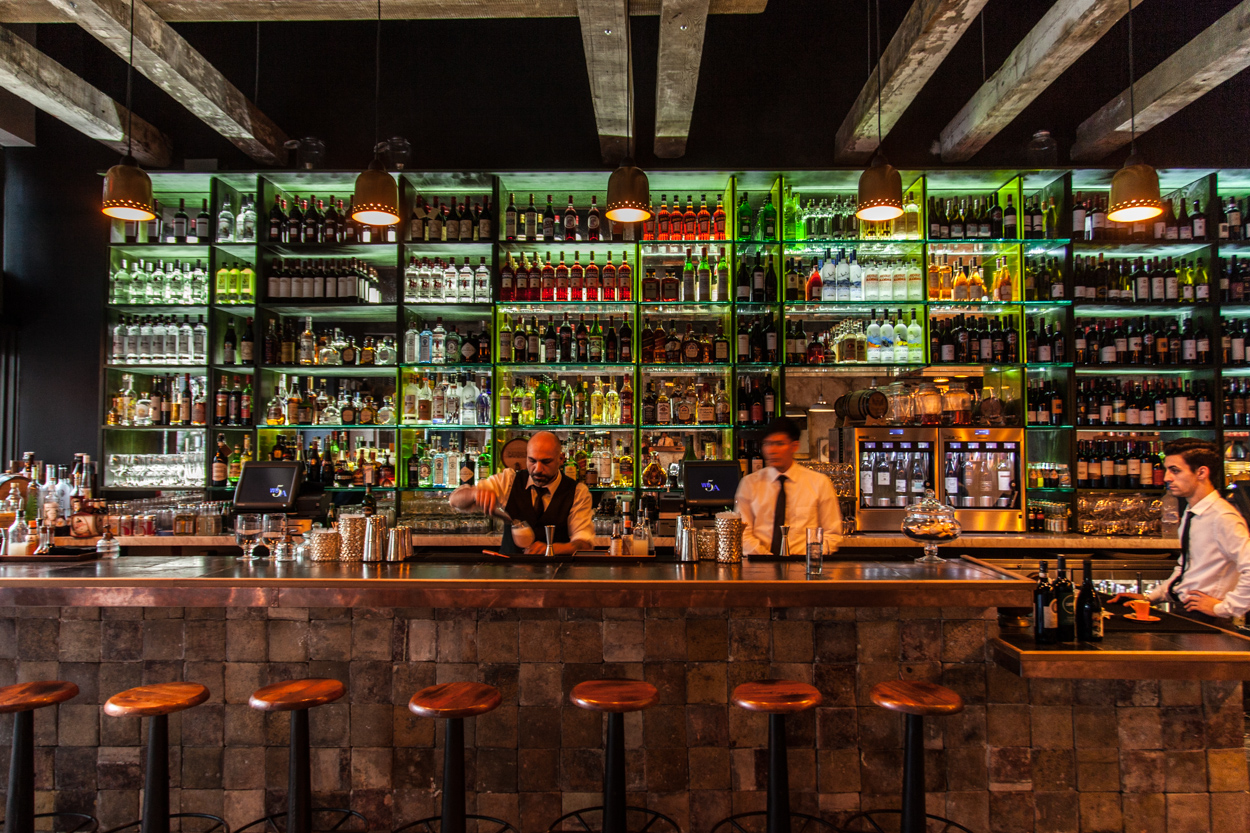This is part two of our video series where we demonstrate the various sharpening techniques and tools essential to properly maintain your knives. In this video, we demonstrate and explain the correct technique for sharpening a 50 /50 edged knife. Chubo brands that have a 50 / 50 edge are Takeda and Tojiro.
Monthly Archives: April 2014
Timon Balloo – Executive Chef of Sugarcane and Bocce Bar, Miami
Timon Balloo is Executive Chef at Sugarcane and Bocce Bar in Miami, Florida.
Could you tell us about where you grew up and about some of your childhood food memories?
I grew up in the San Francisco Bay Area, growing up to a Chinese Trinidadian mother and very close to Chinatown. So, growing up, my food influences were definitely dim sum on the weekends and watching Martin Yan’s show ‘Yan Can Cook’. Honestly, that was the most inspirational factor in my deciding to go into the culinary arts. I revere Martin Yan – he’s an idol to me. On Saturday mornings, instead of watching cartoons, I’d watch Martin Yan. My mother actually had a small in house catering business where she’d cater and make egg rolls, lumpias and all these Chinese specialties for corporate events. So, I’d be around the table helping her and all of that inspired the craft of working with my hands and the smells of food. It’s funny because growing up, I actually chose to major in Finance because I thought being a chef would be unattainable. At that time, there was no Food Network, so shows like Martin Yan were really revered. Needless to say, I didn’t know about the long hours or lack of holidays, the Christmas and New Year’s of not seeing your family. But, at the end of the day it was the only thing I would do for free. If I was willing to do it for free, then why not work at it.
Mentors? Culinary side and business side?
After moving to Florida from San Francisco, I looked for the best chefs to work for. I sought out chefs in the culinary demographic known as the ‘Mango Gang’. Allen Susser, Mark Militello and Norman Van Aken were spearheading the culinary scene in the Florida demographic. I sought out people who had worked in their restaurants, focusing on Floridian style cuisine and running high caliber restaurants. I was able to work for Alan Susser, who was making avant garde food at the peak of the trend. It was very interesting to see what it takes to run a fine dining kitchen and he also inspired me to understand what regional food was.
Michelle Bernstein at the Mandarin Oriental was also an inspiration. She was making a lot of waves, up and coming and cooking like a badass. And it was there that she taught us how to be line cooks, how to be passionate chefs, how to really just cook your ass off and put the flavor on the plate. And to me, she’s just one of the best chefs and cooks out there. She taught me soul.
I was really fortunate to work with Angel Palacios. He was the Chef at Madrid’s La Broche before they opened La Broche Miami. That was the peak of molecular Spanish cooking. He taught me how to be intellectual with all the textures, foams and dust that they were doing at that time and how to deconstruct dishes and deconstruct flavor elements into their purest flavor form.
Lastly, was Chris Russell, who is at the Cookery in the James Hotel. When working for Chris, he showed me how to respect local ingredients. How to look for everything from leaves to berries and how to look for indigenous things. What were the Indians using? What were they using for sustenance? What grew as a bush outside your door here in Florida? How do you look for laurel leaves, the different types of mangoes and citrus? How to respect those elements and how to incorporate those into your food no matter where you are.
What were some of the challenges with opening Sugarcane?
When we first opened, it was a challenge because we were the most ambitious restaurant in the neighborhood. Midtown Miami was developed but still somewhat vacant due to the economic crisis. We were the furthest south in the neighborhood so it was ambitious to bring people in. The food went through a lot of changes. Do we cook food that is trendy? Do we cook for the masses? Whereas, we have me as a chef who wants to cook more aggressive food, in terms of flavor profiles and ingredients used. I want to use everything from pig stout to the tail to the ear and feature that. And, not necessarily everyone wants to eat those items. So, we still held true to that philosophy by using things like crispy barbecue pig ears. At the time we opened, we had beef tongue toast, bone marrow and everything form sweetbreads to octopus. Also, we wanted to stay true to my philosophy of using a lot of prodcut from Florida farms and seafood from Florida fisherman. We really wanted to position ourselves as a community restaurant. We’re not on South Beach, we’re not here for the tourists. We’re for you and by you and that is how SugarCane positioned itself.
How has the restaurant evolved?
You have to stay current. You have to challenge yourself and challenge the diner. It’s been difficult to change the menu because people demand these favorites. The more you become an anchor, you become set. So, we try to stay modern and still give people what they want. What gives us our strength is we really solidified ourselves as a Latino restaurant. We keep on giving the strong flavors and the community supports it.
What are some ingredients that you’re excited about?
At Sugarcane, the big ingredient I’m in love with is Spam. Everything is about Spam. Growing up in California, with a large population of Polynesians, Pacific Islanders and Asians, spam symbolizes street food, the food truck population, a hipster style of food. We’re playing with musubi (Japanese style Rice balls) on the menu, which in South Florida people are unaware of. It symbolizes and allows us to keep pushing things in a new direction and showing people you should respect us for bringing good food.
At Bocce Bar, it’s our ode to Guanciale. We use it in everything. One of my favorite pastas is pasta with Guanciale and cockscomb.
What are your go to tools in the kitchen?
Always a proper plating spoon. A plating spoon is defined by its ability to perform multiple functions. You sauce properly, you can use it to pick up protein if you can’t get to your fish spatula. It’s the proper swooshing element if it’s sturdy enough. Sometimes you use it to help you grab a stack of pans. I’ve never been a tweezer chef. I do respect tweezers now, but still the hand can be the best thing. A good pair of tongs. The ability to reach into the oven to pull something out. Also, a good peeler and a microplane are important.
Favorite places to eat in Miami or elsewhere?
In NY, I love just going to Eataly and eating at all those little restaurants. I used to love going to the mall as a kid. Eataly is like the food court mall for adults done right. They’ve allowed the public to walk into a chef’s cooler and purchase everything that you couldn’t purchase at the grocery store. So, that part is very romantic. To be able to walk and pick up one or two things at every stall, it makes a more sophisticated diner and it fulfills all levels of gastronomic diners.
Memorable meals when I was in Atlanta for Food & Wine last year was eating at Empire state South and Holeman & Finch. It was my first time in the South and was especially exciting since the South has imparted so much into the culinary trend in the last several years. From bourbons to the pork belly Cochon renaissance, the South is strong. It was also nice to go to Linton Hopkins’ restaurant Eugene and eat in this great little restaurant, where you walk in and see the charcuterie display hanging in the kitchen. And the use of everything from Doritos to other dishes using only local agriculture. I thought that was very powerful because it wasn’t a stiff fine dining restaurant but it hit all the principles of what fine dining is and in an approachable way.
Ming Yoo Tofu and BBQ in Ft Lauderdale – consistently I can go and have kalbi ribs and tofu hot pot and it’s one of the best.
Words of advice for young cooks?
Experience. How do you get experience? Luckily for the kids now, we’re in a technological renaissance. Before, we were not exposed to social media, YouTube or the internet. When you get out of culinary school, get a stage. When you’re not working, immerse yourself in information. Check out menus online, watch YouTube for technique, and there’s so much information. Gather knowledge and experience via all these vessels. Sometimes you have to push the kids to the trough. You have to engulf yourself more in extracurricular. Be a sponge and gather knowledge through all these mediums. You’ll become a better chef.





